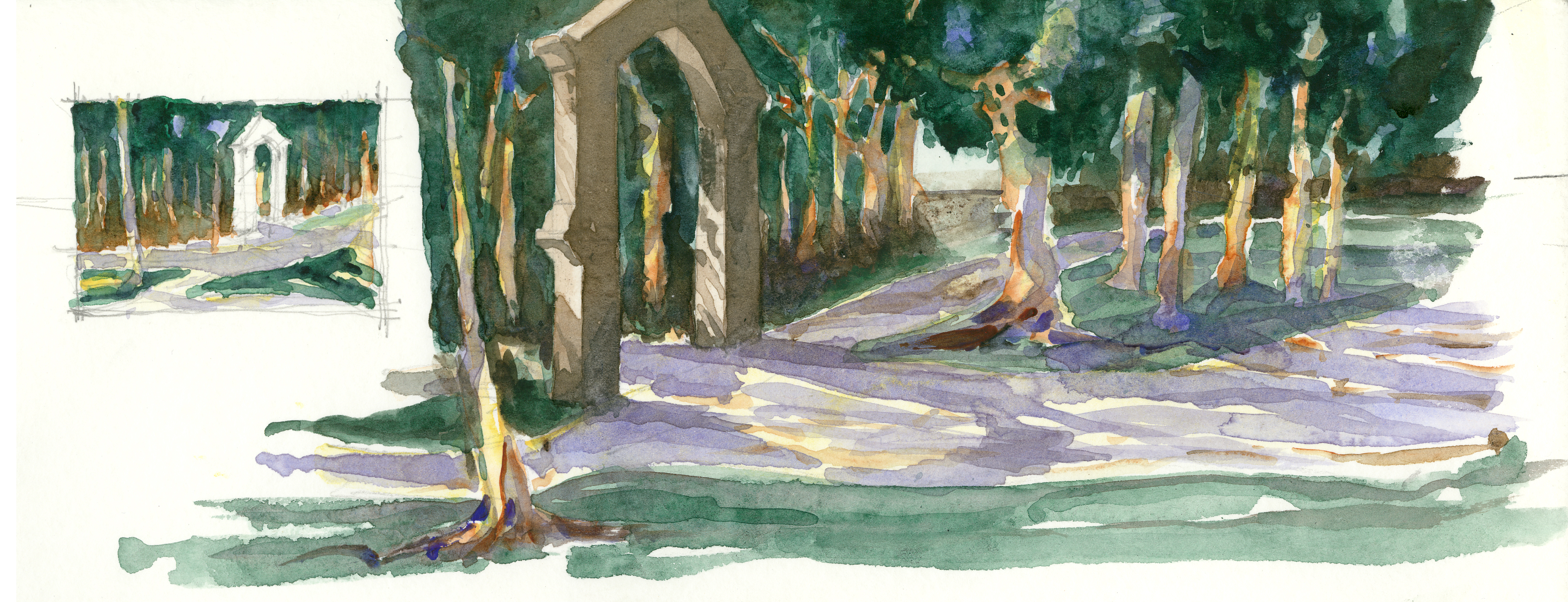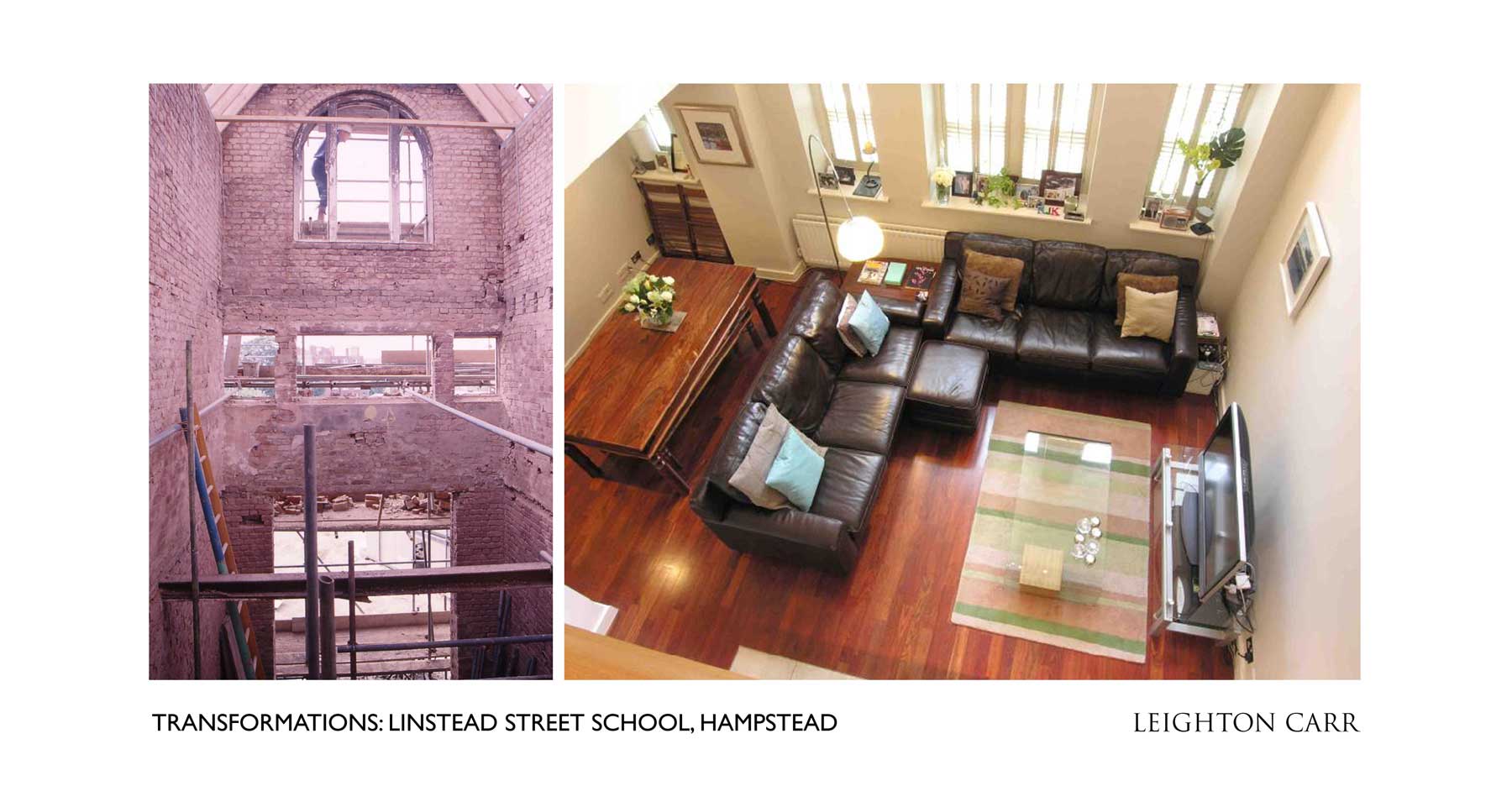Month: October 2012
Like Kew Gardens in a Storm
The storms of October 1987 brought devastation to a third of the trees in Kew Gardens. Around 700 trees were uprooted, many of them old (100 – 200 years) and fully mature (100ft).\r\n\r\nSome said that a hundred years of history had been lost.\r\n\r\nOthers noted that for a hundred years too few trees had been planted.\r\n\r\nWhen the staff came to investigate further they found that many of the trees had inadequate root systems. Some very tall trees had root systems that had spread great distances outwards but only one meter downwards.\r\n\r\nAn audit also showed that the pre-storm gardens had gaps in its inventory, that whole species from many countries were missing.\r\n\r\nSo Kew Gardens looked great, but it took a greater storm to develop a planting regime that ensured the garden’s vibrancy and to instigate improved ways to nurture trees.\r\n\r\nI know churches that need this.
A church like a tapas bar.
Set back from pavement on the road that connects the main student accommodation district to the university teaching campus is a small bistro with a front courtyard. The internal bar and rooms and the courtyard are on a slightly lower level than the pavement, which gives it a secluded feel even though it’s on one of the busiest streets in town. I knew it thirty years ago when it used to be called the Tapas Bar, because it served … tapas. And Beer. Both of which I enjoyed as a student.\r\n\r\nIt isn’t called the Tapas Bar anymore, it’s called The Town House, although it still sells tapas and beer.\r\n\r\nTo be more precise, it has the name The Town House on the sign board, although we still call it the Tapas Bar. If ever we want to go there we say, “let’s go to the Tapas Bar.”\r\n\r\nThat’s because it has changed management and names so often that we couldn’t keep up. We all knew it as the Tapas Bar before, so the Tapas Bar it remains.\r\n\r\nOf course this raises an underlying truth about the Tapas Bar (or The Town House) . ‘Under New Management’ may be a statement of fact, but it is never a statement of radical action. Whether or not the new owners ever thought they could really change it, they were never able to other than tinkering with decor and fittings and furniture.\r\n\r\nThis was due I suspect to the fragile balance of the enterprise which goes something like this: change alienates the regulars but attracts new customers; but the regulars leave faster than new customers arrive and settle down to become regulars; this net loss of people jeopardises sustainability.\r\n\r\nConclusion: the formula works as it is, so tinker if you like, but don’t change the essentials unless you want to close up shop due to lack of support.\r\n\r\nThe real problem of course is that customers are fickle. They don’t need to go, and might as well go somewhere else if they aren’t getting what they want. It’s their power that counts. Bums on seats.\r\n\r\nI know churches like that.
St Judes
Big church / Small church
All Saints (which should properly be called a small percentage of saints) has 500 on the electoral role, 25 on the PCC and an Apostolic 12 on the Leadership team, although 2 are women. It has an average of 45 meetings a week if all the house groups, administration meetings, coffee mornings and communions are included.\r\n\r\nAround 50 people (10% of the electoral role) which includes 3 full time non-clergy staff are active, and spend much of their spare time each week preparing for the 45 meetings.\r\n\r\nWhich leaves the Vicar and his Curate to go to schools, meet people on the street, and at funerals, and weddings, and baptisms, and to visit the elderly and infirm at home.\r\n\r\n350 people each week are passive – they turn up to the meetings of all sorts laid on for them.\r\n\r\nSt Valentis (named after a vigorous 1st century saint) has 45 on the electoral role, many of whom are infirm or old, so now only 25 regulars turn up to one Sunday service.\r\n\r\nThey have no house groups, but on average 5 of the regulars (20%) dedicate time each week to visiting the local old people’s home and the elderly and infirm members of the congregation who can’t travel.\r\n\r\nOne couple spend time each week researching local charities and world mission organisations to present to the congregation to raise financial support. One person plays the piano. One person leads worship. Two people, a man and a woman, preach regularly, and two women look after the four children on Sunday mornings. Being short-handed most people are on either the PCC or one of the other committees.\r\n\r\nIn all, about 85% of the congregation in St Valentis are actively involved in church life, guided by the vicar.\r\n\r\nSo I want to know, is a big church just a good small church with lots of extra hangers-on?\r\n\r\nAnd, which is the better church, All Saints or St Valentis?\r\n\r\nIt depends on which criteria are used, of course. Unfortunately ‘sustainability’ may become the overriding measure of success.\r\n\r\nUnless something cataclysmic happens, All Saints will continue as it is for the forseeable future, let’s say a conservative 20 to 30 years. Big church.\r\n\r\nUnless something miraculous happens, St Valentins will close down in the foreseeable future, let’s say 5 years. Small church.\r\n\r\nWhich is a shame.
Leave no stone unturned … in prayer
It may have been a typical experience, but troubling none the less, when my prayers drifted off into nothingness this morning as I prayed. The particular prayers I have in mind concerned two people both in need of an intervention by God if their lives are to be whole and complete.\n\nIn my mind were the words that described Jesus when he ‘prayed earnestly’ and I started well and in earnest. And also those words quoted often here, that ‘It is possible to move men by God through prayer alone’.\n\nWithin seconds I imagine, for really I cannot remember, my mind was blank. It wasn’t drifting onto other things. It wasn’t distracted. It wasn’t reflecting on the weekend sport or the day’s activities ahead. It was just … blank.\n\nStartled, I started again. I named the people involved and prayed out loud as I imagine earnest prayer should sound, and again, within seconds, my mind was blank. Coming back to prayer was harder this time because I was unsure of my ability to actually pray.\n\nSo with more focus and determination I started to actually think of specific areas and items for prayer for these two people. I prayed small prayers at first, about their memories of the weekend recently past, for their conversations, for their work, their aspirations for the day ahead. For their financial well being, and their friendships, and their homes and … so on. Then I tried to put myself into their situation. I prayed for their ability to reflect well on their circumstances and so to grow in wisdom.\n\nIn these prayers I prodded and pried into my mind to uncover new areas to pray about.\n\nIt was like turning over stones on the beach to look at them from different angles and so determine which one should go into the bucket as a treasure.\n\nThat was the picture. Turning stones. Leaving no stone unturned.\n\nHow long should it take?\n\nHow big is the beach?
Retreat on St Honorat (1)
Education and the Pastor/Teacher
A head teacher was talking on the radio about the introduction of a new exam system into mainstream education. He gave a coherent and comprehensive overview of how each facet of education will be affected by the change. It was along the lines of …\r\n\r\n“This will be good for Keystage 3 which has become a poor revisiting of Keystage 2, but not so good for overall numeracy and literacy at school leaving age. The proposed scheme segregates children on grounds of ability too soon, and expects a lower standard of achievement where we should be aiming for as high a standard as possible for all children in literacy and numeracy. And employers will not be helped by having an group of lower attainment …” \r\n\r\nAnd so on, for quite some time.\r\n\r\nWhat made me pause to listen was the speaker’s obvious mastery of the issues affecting all children in that particular group of secondary school children. It was an elegantly expressed and coherent overview of the issues. What is more, he was speaking without the benefit of time for preparation.\r\n\r\nIt was what you would expect or want in a competent head teacher.\r\n\r\nWhich made me think about how vicars and pastors would compare if they were asked to give an overview of how the way they have structured their churches and in particular their teaching programmes to aid their people in maturing in their faith, from the immature early days of faith to a competency in literacy (Biblical and theological) and numeracy (lifestyle and personal management).\r\n\r\nI think I’ll start asking my vicar friends the question: “So how have you structured your teaching programme to help people to grow in their discipleship to a place of literacy and numeracy?”



